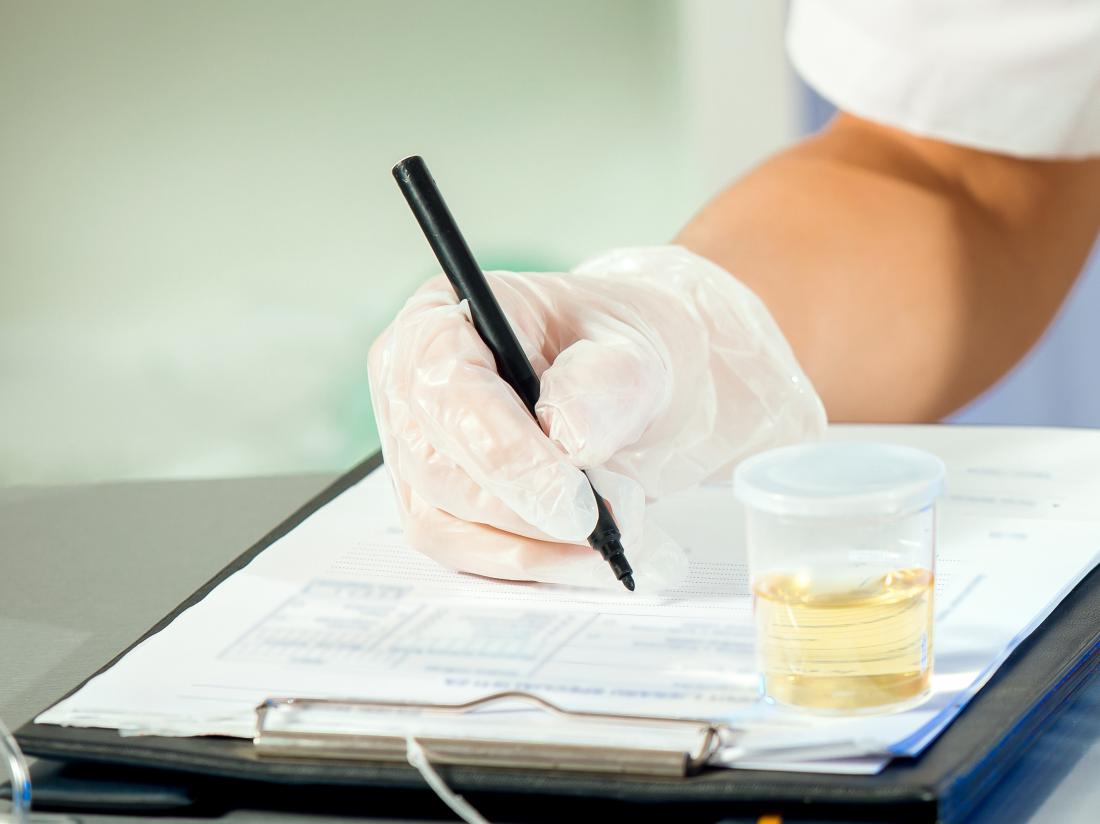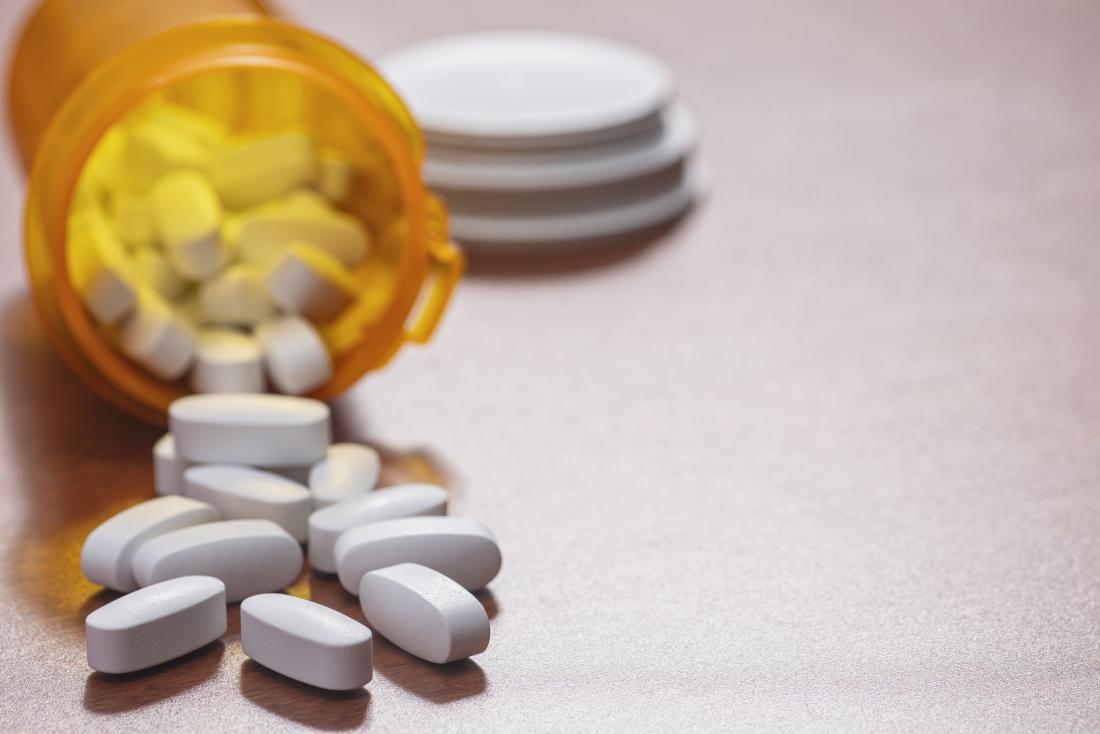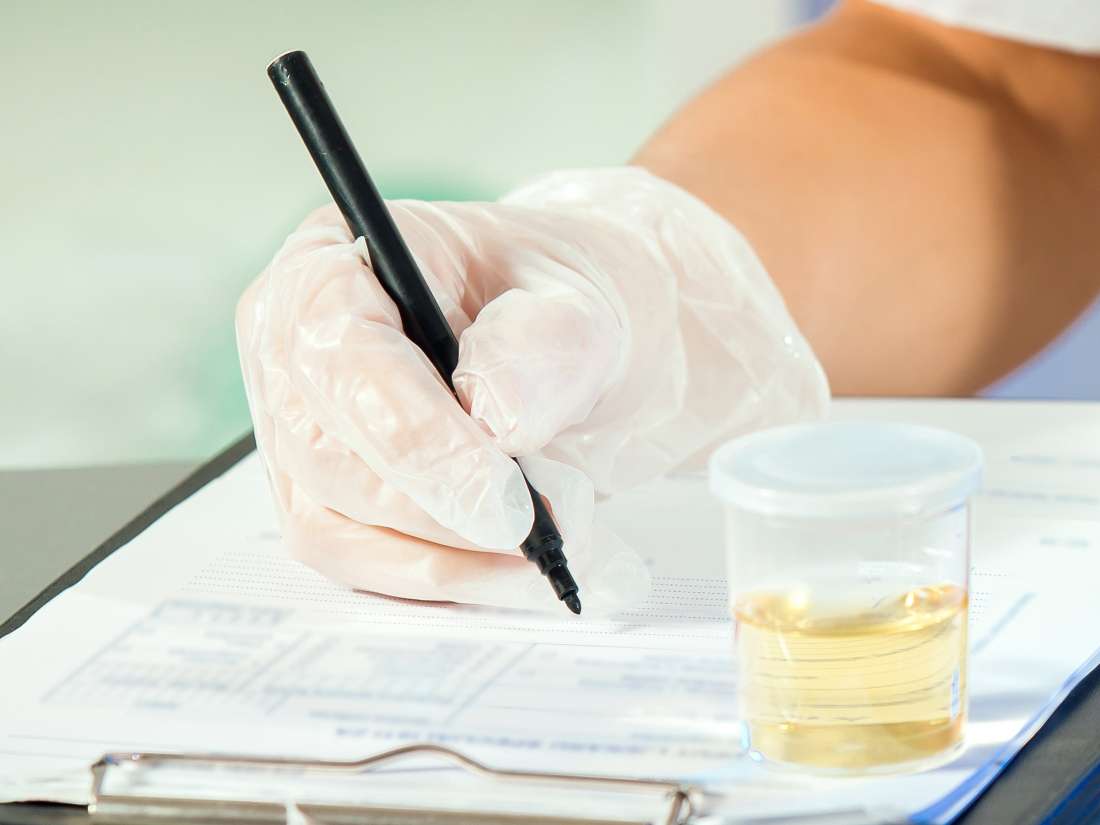Typically, traces of these substances in the urine mean the individual has these substances in their body. However, false positives can occur, where the test detects drugs when a person has not taken any.
The tests are simple to administer and take and are widely available. Similar tests are popular for testing potential employees, though a simpler 4- or 5-panel drug test with alcohol is more common.
What is a 10-panel drug test?

The standard 10-panel drug test uses a person’s urine to check for drug residues.
A 10-panel drug test will look for 10 of the most common drugs that a person may be abusing. This selection usually includes five common prescription medications and five illicit street drugs.
Standard 10-panel drug tests normally test a person’s urine. This is a simple approach, as these drugs leave traces in the urine when it passes out of the body.
As a study in the journal Analytical Toxicology notes, urine testing is also more likely to detect substance use than other forms of tests, such as saliva tests.
There are some tests that use other substances, such as blood or hair, to test for the drugs. These may be more accurate in some cases, but the process is more complicated.
Many administrators prefer to use urine tests because of the accuracy and simplicity of the process.
What drugs can the test find?
As the name suggests, a 10-panel drug tests will test the person for 10 different types of drugs. These are most of the drugs people commonly abuse, including both street and prescription drugs.
Marijuana
10-panel drug tests will test for marijuana and its resins, such as:
- marijuana
- hashish
- extracts, including THC oil, wax, and glass
Cocaine
10-panel drug tests will also test for cocaine and other drugs containing cocaine, such as freebase or crack cocaine.
Opioids
Opioids come in many different forms, from prescription pills to illegal drugs. Some of the most common include:
- smoked opium
- heroin
- morphine
- codeine
- oxycodone
- hydrocodone
Benzodiazepines, or benzos

Benzodiazepines are among the drugs that the 10-panel drug test checks for.
10-panel drug tests will also check for benzodiazepines, or benzos, which include common drugs, such as:
- diazepam (Valium)
- alprazolam (Xanax)
- lorazepam (Ativan)
Doctors may prescribe these drugs for certain medical issues, but they also have a risk of abuse.
Amphetamines
Amphetamines the test detects include:
- methamphetamine, or meth
- amphetamine sulfate, or speed
- attention deficit hyperactivity disorder (ADHD) medications, such as Ritalin and Adderall
Barbiturates
Several barbiturates leave similar residues that the 10-panel drug test may pick up. These include:
- amobarbital
- phenobarbitol
- penobarbitiol
- secobarbital
Individual drugs
The test will also screen for the traces of individual drugs, including:
- phencyclidine (PCP)
- methadone
- methaqualone (Quaaludes)
- propoxyphene
These drugs do not fit into other categories and have their own panel for testing.
Detection times
While a 10-panel drug test may help screen for drug use, it has limitations.
Detection times refer to the amount of time it takes for the body to get rid of the byproducts of the drugs. Detection times for different drugs vary greatly.
Detection times may depend on the type of drug, how much the person took, and how fast their metabolism works.
Another important fact to note is that a 10-panel drug test will not tell if the person is currently on the drug. The tests measure byproducts in the body that come from breaking down the drug, so they cannot detect how much of the drug is circulating in the body.
The following table provides a rough estimate for detection times for various drugs via urine tests:
| Drug | Time detectable in urine |
| marijuana | 3 days for a single use 5–7 days for moderate use (4 times per week) 10–15 days for daily use 30+ days for heavy use |
| cocaine | 2–4 days |
| amphetamines | 48 hours |
| opioids | 48 hours for heroin 48 hours for codeine 48–72 hours for morphine 2–4 days for oxycodone 3 days for methadone |
| barbiturates | 1 day for short acting (pentobarbital) 3 weeks for long acting (phenobarbital) |
| benzodiazepines | 3 days for short acting (lorazepam) 1 month for long acting (diazepam) |
| PCP | 8 days |
| synthetic cannabinoids | 72+ hours |
How and when to get one
10-panel drug tests are widely available online and from some specialist stores selling pharmaceutical equipment. Ordering a test through a doctor’s office or lab itself is the most direct way. However, there are also some kits a person can buy and send to the lab themselves. This latter option may be a bit more tricky, however.
Most companies or doctors will work directly with a lab that analyzes the results of the test. Going through them to get the test done is a simple, direct approach.
What to expect
If a company or organization requires a person to take a 10-panel drug test, they will generally give them notice of about 24 hours. Some professions may require the person to agree to random drug testing where they have little to no knowledge of the test beforehand.
The test administrators may have special preparation instructions as well. These may include not urinating for a couple of hours before the test or avoiding drinking extra water before the test.
Procedure
The test environment may differ depending on who administers the test. Bathrooms are common locations, as these tests require urine. In some cases, the administrator may ask a person to use a particular bathroom stall to take the test.
If an administrator is concerned with contamination, they may take precautions such as turning off tap water in the bathroom or adding a dye to the toilet water. This can make the test more accurate and prevent tampering.
In rare cases, a same sex administrator stays in the room with the person to be sure they take the test.
Taking the test
The test itself is straightforward. The person starts urinating and collects urine in the collection cup during the middle of their urine stream. They then close the container with the lid and give the sample to the test administrator.
Analyzing the results
When they receive the sample, the lab will test the urine for the 10 different drugs. Some tests offer onsite results that can analyze the urine samples straightaway. With that said, most samples will go to a lab for analysis, which can take a few days.
What do the results mean?
There are three possible results from the test. These results are:
- positive
- negative
- inconclusive
Positive results

If a person has detectable amounts of certain drugs in their system, the result will be positive.
A positive result indicates that the drug or its byproducts are present in the person’s system in detectable amounts. This finding suggests they have used the drug recently.
As the Substance Abuse and Mental Health Services Administration point out, federal employees and employees in many other safety fields have the right to have a second lab test their specimen if they receive a positive result. This precaution helps protect the individual from disciplinary action due to false positives.
Negative results
A negative result indicates that the drugs tested for are not present or are not present in a high enough quantity to detect. It does not indicate that the person has never used the drugs or that they will not use the drugs in the future.
Inconclusive results
An inconclusive result means the test was not successful. Labs may order the test again if results come back as inconclusive.
Summary
A 10-panel drug test is not the most common drug test. For instance, most employers who require testing will use a 4- or 5-panel drug test and an alcohol test. With that said, some professions involving personal and public safety may require regular 10-panel drug tests.
10-panel drug tests can effectively test for 10 substances within their own window of detection. These detection times vary with each drug and personal factors, such as individual metabolism.
Labs may check positive drug results again to confirm their diagnosis and avoid false positives. Inconclusive results may mean the person needs to repeat the test.
